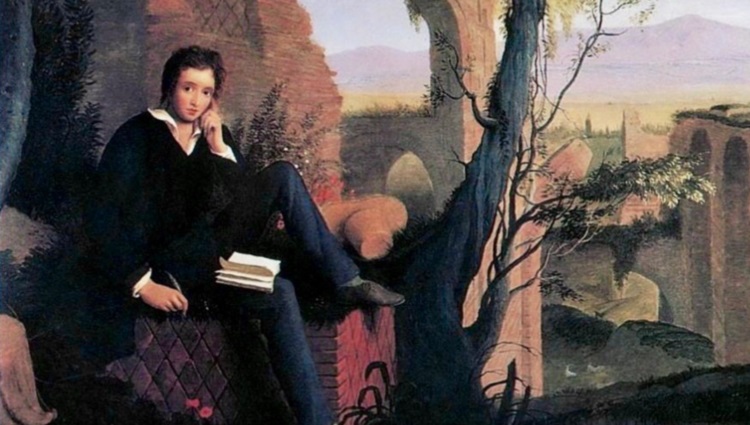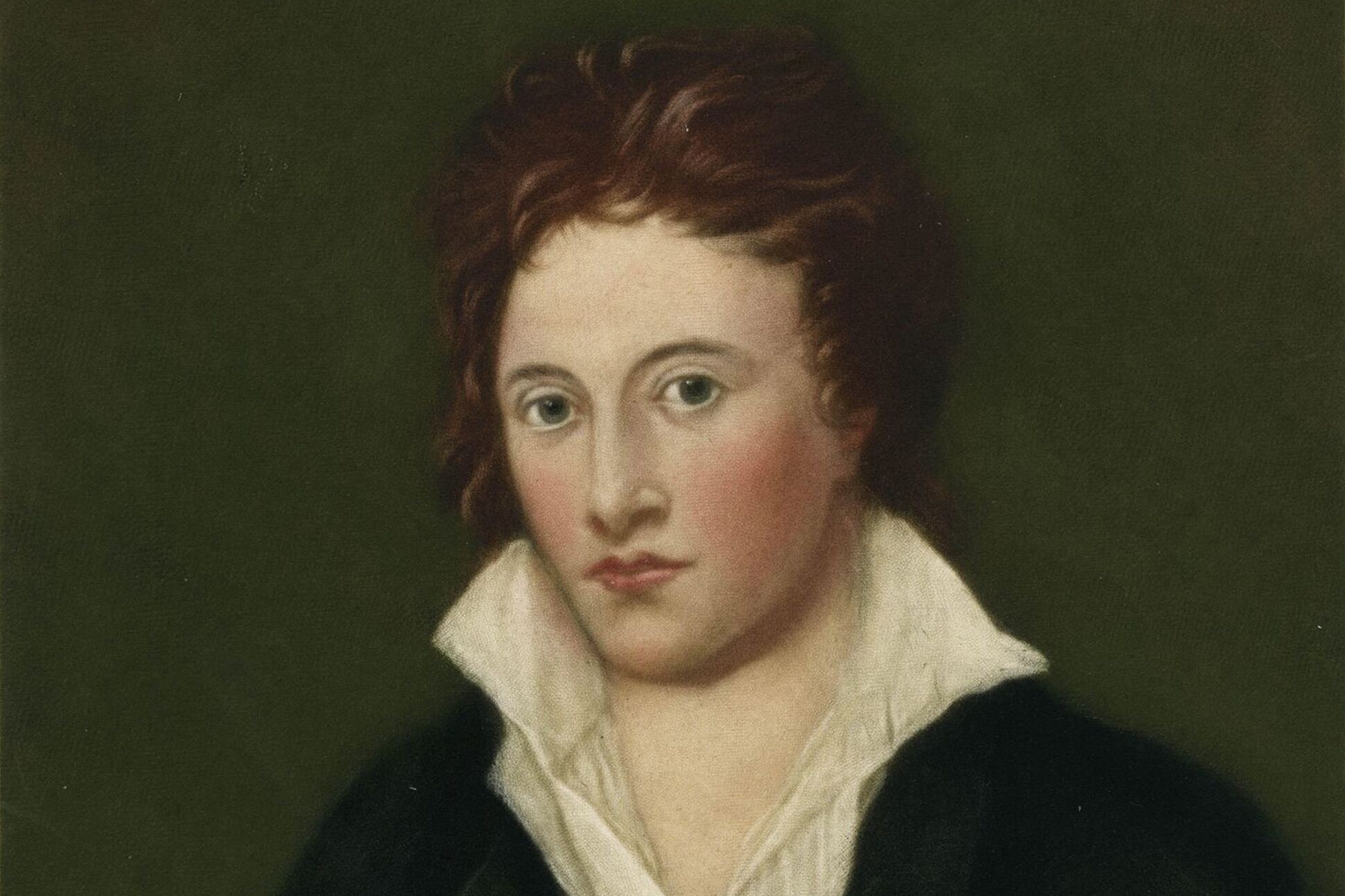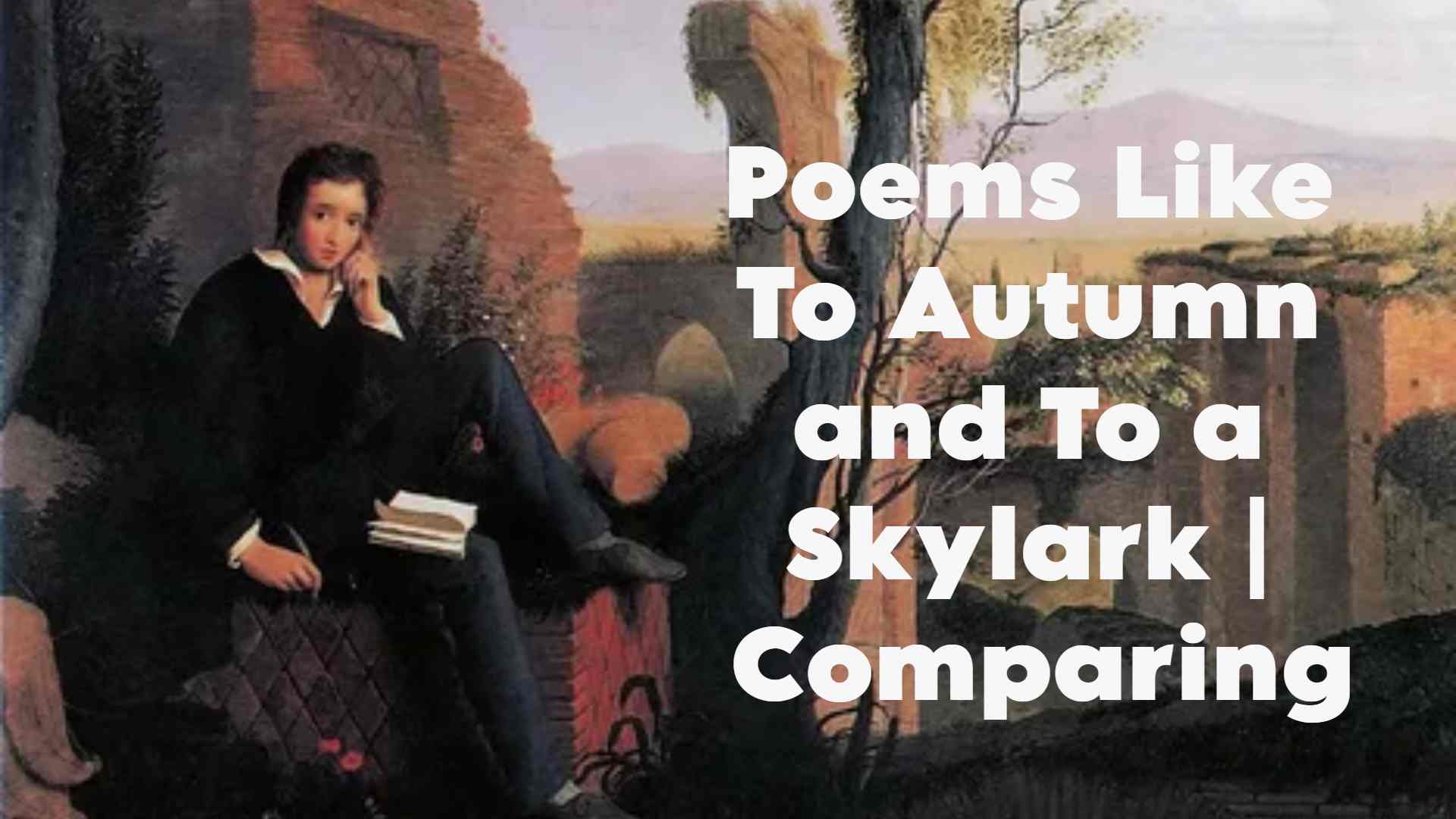Introduction to “To Autumn” and “To a Skylark”
Poetry has the power to transport us to realms of beauty, wonder, and profound contemplation. Two remarkable poems that embody this essence are John Keats’ “To Autumn” and “To a Skylark.” by Percy Bysshe Shelley’s These masterpieces, penned during the Romantic era, have stood the test of time, captivating readers with their vivid imagery, rich symbolism, and profound insights into the natural world.
In this article, I will delve into the depths of these celebrated works, exploring their themes, symbolism, and the profound impact they have had on the literary landscape. Through a careful analysis and comparison, we will uncover the timeless beauty and enduring relevance of these poetic gems, and why they continue to resonate with readers across generations.
Analysis of “To Autumn”
Keats’ “To Autumn” is a sensory feast, a celebration of the season’s abundance and the cyclical nature of life. The poem begins with a vivid description of the harvest season, where the poet paints a picture of ripe fruits, granaries overflowing with grain, and the gentle murmur of bees among the late flowers.
Where are the songs of Spring? Ay, where are they? Think not of them, thou hast thy music too, – While barred clouds bloom the soft-dying day, And touch the stubble-plains with rosy hue;
In these lines, Keats invites us to embrace the present moment, to revel in the beauty of autumn’s melancholic melody, rather than longing for the vibrant songs of spring. The imagery is rich and evocative, capturing the essence of the season with a masterful use of language.
As the poem progresses, Keats personifies Autumn as a benevolent goddess, presiding over the harvest and the eventual slumber of nature. The imagery shifts from the abundance of the season to the gentle descent into winter, a reminder of the cyclical nature of life and the inevitability of change.
Themes and Symbolism in “To Autumn”
“To Autumn” is a rich tapestry of themes and symbolism, weaving together the concepts of nature, mortality, and the human experience. The poem celebrates the beauty of the natural world, but also acknowledges the transience of life, as symbolized by the changing seasons.
The imagery of ripe fruits and overflowing granaries represents the abundance and fertility of the earth, while the imagery of the dying day and the soft-dying light foreshadows the approaching winter and the cycle of life and death.
Additionally, the personification of Autumn as a benevolent goddess suggests a reverence for nature and its cycles, inviting us to appreciate the present moment and the beauty that surrounds us, even as it fades.
Analysis of “To a Skylark”
Shelley’s “To a Skylark” is a soaring ode to the beauty and freedom of the natural world, as embodied by the ethereal song of the skylark. The poem begins with a breathtaking description of the bird’s flight and its celestial melody, which seems to transcend the earthly realm.
Hail to thee, blithe Spirit! Bird thou never wert, That from Heaven, or near it, Pourest thy full heart In profuse strains of unpremeditated art.
Shelley’s language is rich and lyrical, capturing the essence of the skylark’s song with a musicality that mirrors the very subject of the poem. As the poem progresses, the poet’s admiration for the bird’s freedom and unbridled joy becomes increasingly apparent.
Themes and Symbolism in “To a Skylark”
“To a Skylark” explores themes of freedom, nature, and the human longing for transcendence. The skylark itself symbolizes the unbridled spirit of nature, soaring above the constraints of the earthly realm and reveling in its own existence.
The imagery of the bird’s flight and song evokes a sense of liberation and joy, inviting the reader to revel in the beauty of the natural world and to embrace the freedom of the soul. Shelley’s use of language and imagery also suggests a reverence for the divine, as the skylark’s song is described as “unpremeditated art,” a spontaneous expression of the sublime.
Additionally, the poem touches upon the theme of mortality and the fleeting nature of life, as the poet acknowledges the transience of the skylark’s song and the inevitability of its return to earth.
Comparison between “To Autumn” and “To a Skylark”
While “To Autumn” and “To a Skylark” differ in their subject matter and tone, they share a profound appreciation for the beauty and wonder of the natural world. Both poems employ vivid imagery and lyrical language to capture the essence of their respective subjects, inviting the reader to revel in the sensory experiences they evoke.
However, there are notable differences in their thematic explorations. “To Autumn” is a contemplative meditation on the cyclical nature of life and the inevitability of change, while “To a Skylark” is a celebration of freedom, joy, and the transcendent power of nature.
Additionally, the symbolism employed in each poem differs. In “To Autumn,” the changing seasons and the personification of Autumn as a goddess represent the cycles of life and the human experience. In “To a Skylark,” the skylark itself symbolizes the unbridled spirit of nature and the human longing for transcendence.
The Impact of John Keats and Percy Bysshe Shelley on Romantic Poetry
John Keats and Percy Bysshe Shelley were two of the most influential poets of the Romantic era, and their works have left an indelible mark on the literary landscape. Their poems, including “To Autumn” and “To a Skylark,” exemplify the Romantic ideals of celebrating nature, embracing emotion and imagination, and seeking transcendence through art.
Keats’ poetry, in particular, is renowned for its sensuous imagery and its ability to evoke the beauty and wonder of the natural world. His works, such as “Ode on a Grecian Urn” and “La Belle Dame sans Merci,” have become touchstones of Romantic literature, inspiring generations of poets and readers alike.
Shelley, on the other hand, was known for his revolutionary spirit and his exploration of themes such as freedom, love, and the human condition. His works, including “Ode to the West Wind” and “Prometheus Unbound,” resonate with a sense of rebellion and a longing for transcendence, reflecting the Romantic ideals of individualism and the pursuit of truth.
Together, Keats and Shelley have left an indelible mark on the literary world, shaping the course of poetry and inspiring countless writers and artists to embrace the power of imagination and the beauty of the natural world.
Influences of Nature in Romantic Poetry
The Romantic era was characterized by a profound reverence for nature and a belief in its ability to inspire and elevate the human spirit. Poets of this era, including Keats and Shelley, drew inspiration from the natural world, using it as a canvas to explore themes of beauty, emotion, and the human experience.
In “To Autumn” and “To a Skylark,” nature serves as a central motif, with the changing seasons and the flight of the skylark serving as metaphors for the cycles of life and the human longing for transcendence. The vivid imagery and sensory descriptions in these poems invite the reader to experience the natural world in all its glory, encouraging a deeper appreciation for its beauty and wonder.
Moreover, the Romantic poets often personified nature, imbuing it with human qualities and emotions, as seen in Keats’ personification of Autumn as a benevolent goddess. This anthropomorphism reflects the Romantic belief in the interconnectedness of all things and the belief that nature possessed a spiritual essence that could be accessed through artistic expression.
By celebrating nature and its influence on the human experience, the Romantic poets sought to elevate the human spirit and foster a deeper connection with the natural world, a legacy that continues to inspire writers and artists to this day.
Importance of Imagery in “To Autumn” and “To a Skylark”
One of the most striking features of “To Autumn” and “To a Skylark” is the masterful use of imagery. Both Keats and Shelley employ vivid and evocative language to create rich sensory experiences for the reader, transporting them to the very scenes they describe.
In “To Autumn,” Keats’ imagery is rooted in the tangible, capturing the sights, sounds, and sensations of the harvest season. The descriptions of ripe fruits, overflowing granaries, and the gentle murmur of bees among the late flowers create a vivid tapestry of autumnal abundance, inviting the reader to fully immerse themselves in the experience.
Shelley’s imagery in “To a Skylark,” on the other hand, is more ethereal and transcendent. The descriptions of the skylark’s flight and its celestial melody evoke a sense of otherworldliness, inviting the reader to soar beyond the earthly realm and revel in the beauty of the natural world.
Through their masterful use of imagery, both Keats and Shelley demonstrate the power of language to transport the reader to realms of beauty and wonder. Their ability to evoke vivid sensory experiences through words is a testament to their poetic prowess and a reminder of the enduring power of poetry to inspire and captivate.
Conclusion: Appreciating the Timeless Beauty of Poems
“To Autumn” and “To a Skylark” are not mere poems; they are windows into the human experience, inviting us to contemplate the beauty and wonder of the natural world, the cycles of life and death, and the human longing for transcendence. Through their vivid imagery, rich symbolism, and profound insights, Keats and Shelley have created works of enduring relevance and timeless beauty.
As we navigate the complexities of modern life, these poems serve as a reminder to pause and appreciate the beauty that surrounds us, to embrace the present moment, and to seek inspiration in the natural world. They remind us that poetry has the power to elevate the human spirit, to ignite our imaginations, and to forge lasting connections with the world around us.
If you find yourself captivated by the timeless beauty of poems like “To Autumn” and “To a Skylark,” I invite you to explore the rich tapestry of Romantic poetry further. Immerse yourself in the works of Keats, Shelley, and their contemporaries, and allow their words to transport you to realms of beauty, wonder, and profound contemplation. Embrace the power of poetry to inspire, uplift, and connect you with the essence of the human experience.In a world that often feels chaotic and overwhelming, these poems remind us to pause, to breathe, and to appreciate the simple yet profound beauty that surrounds us. By embracing the wisdom and insights of Keats, Shelley, and the Romantic poets, we can cultivate a deeper appreciation for the natural world and a renewed sense of wonder and reverence for the human experience.





















